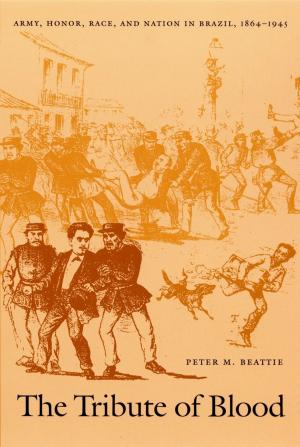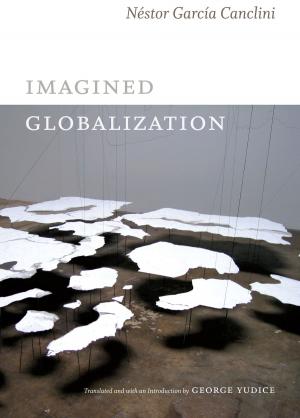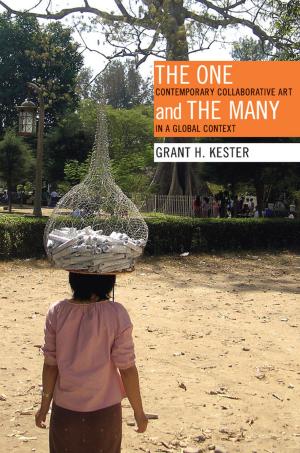The Environment and the People in American Cities, 1600s-1900s
Disorder, Inequality, and Social Change
Nonfiction, Science & Nature, Science, Biological Sciences, Environmental Science, History, Americas, United States| Author: | Dorceta E. Taylor | ISBN: | 9780822392248 |
| Publisher: | Duke University Press | Publication: | November 23, 2009 |
| Imprint: | Duke University Press Books | Language: | English |
| Author: | Dorceta E. Taylor |
| ISBN: | 9780822392248 |
| Publisher: | Duke University Press |
| Publication: | November 23, 2009 |
| Imprint: | Duke University Press Books |
| Language: | English |
In The Environment and the People in American Cities, Dorceta E. Taylor provides an in-depth examination of the development of urban environments, and urban environmentalism, in the United States. Taylor focuses on the evolution of the city, the emergence of elite reformers, the framing of environmental problems, and the perceptions of and responses to breakdowns in social order, from the seventeenth century through the twentieth. She demonstrates how social inequalities repeatedly informed the adjudication of questions related to health, safety, and land access and use. While many accounts of environmental history begin and end with wildlife and wilderness, Taylor shows that the city offers important clues to understanding the evolution of American environmental activism.
Taylor traces the progression of several major thrusts in urban environmental activism, including the alleviation of poverty; sanitary reform and public health; safe, affordable, and adequate housing; parks, playgrounds, and open space; occupational health and safety; consumer protection (food and product safety); and land use and urban planning. At the same time, she presents a historical analysis of the ways race, class, and gender shaped experiences and perceptions of the environment as well as environmental activism and the construction of environmental discourses. Throughout her analysis, Taylor illuminates connections between the social and environmental conflicts of the past and those of the present. She describes the displacement of people of color for the production of natural open space for the white and wealthy, the close proximity between garbage and communities of color in early America, the cozy relationship between middle-class environmentalists and the business community, and the continuous resistance against environmental inequalities on the part of ordinary residents from marginal communities.
In The Environment and the People in American Cities, Dorceta E. Taylor provides an in-depth examination of the development of urban environments, and urban environmentalism, in the United States. Taylor focuses on the evolution of the city, the emergence of elite reformers, the framing of environmental problems, and the perceptions of and responses to breakdowns in social order, from the seventeenth century through the twentieth. She demonstrates how social inequalities repeatedly informed the adjudication of questions related to health, safety, and land access and use. While many accounts of environmental history begin and end with wildlife and wilderness, Taylor shows that the city offers important clues to understanding the evolution of American environmental activism.
Taylor traces the progression of several major thrusts in urban environmental activism, including the alleviation of poverty; sanitary reform and public health; safe, affordable, and adequate housing; parks, playgrounds, and open space; occupational health and safety; consumer protection (food and product safety); and land use and urban planning. At the same time, she presents a historical analysis of the ways race, class, and gender shaped experiences and perceptions of the environment as well as environmental activism and the construction of environmental discourses. Throughout her analysis, Taylor illuminates connections between the social and environmental conflicts of the past and those of the present. She describes the displacement of people of color for the production of natural open space for the white and wealthy, the close proximity between garbage and communities of color in early America, the cozy relationship between middle-class environmentalists and the business community, and the continuous resistance against environmental inequalities on the part of ordinary residents from marginal communities.















